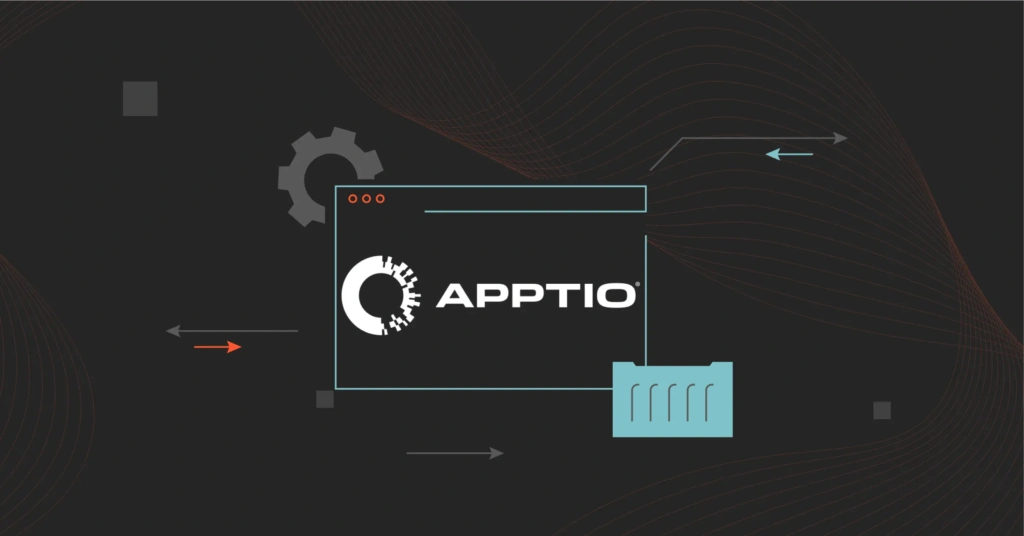SaaS companies often face losses when cloud costs aren’t aligned with business objectives. As these companies scale, cloud costs can escalate rapidly, leading to overspending if not carefully managed. This disconnect can result in wasted resources and missed growth opportunities.
Organizations need a cost management platform that ties cloud spending to their strategic goals. This ensures every dollar spent contributes to the company’s success.
Apptio is recognized for its ability to manage IT costs. However, it may not be the perfect fit for every organization. We’ve done the legwork for you and identified the best Apptio alternatives that offer similar advantages.
But first, let’s explore what Apptio is and why you might seek an alternative.
What Is Apptio?
Apptio is a suite of tools for IT financial management, cloud financial management, and enterprise agile planning. These tools offer clear visibility into IT spending, enabling better budgeting, forecasting, and cost management.
They include:
- Cloudability: Optimizes and manages cloud spending
- Apptio BI: Provides business intelligence and data visualization
- Cost Transparency: Offers detailed insights into IT costs
- Targetprocess: Supports enterprise agile planning
- IT Planning: Facilitates IT budgeting and resource allocation
By using Apptio, companies can ensure that their investments deliver clear business values. However, it may only be suited for some.
Why Consider Apptio Alternatives
For one, Apptio can be expensive, especially for smaller organizations or those with limited budgets. The comprehensive nature of its tools comes with a high price tag, which might be prohibitive for some companies.
Other Apptio limitations include:
- Complexity and learning curve. The platform can be complex to set up and requires more investment in training and time to fully leverage its capabilities. This steep learning curve might deter businesses looking for a more straightforward solution.
- Integration challenges. Although Apptio integrates with many applications, it may only integrate with some legacy or non-standard IT environments. This can lead to additional costs during implementation.
- Customization limitations. While Apptio is robust, some users find it needs more customization flexibility. Tailoring the platfrom to specific needs might be challenging for some organizations.
So, what are the best Apptio alternatives to consider?
11 Apptio Alternatives For SaaS Management
These tools help align IT and SaaS spending with business goals and optimize costs.
1. CloudZero
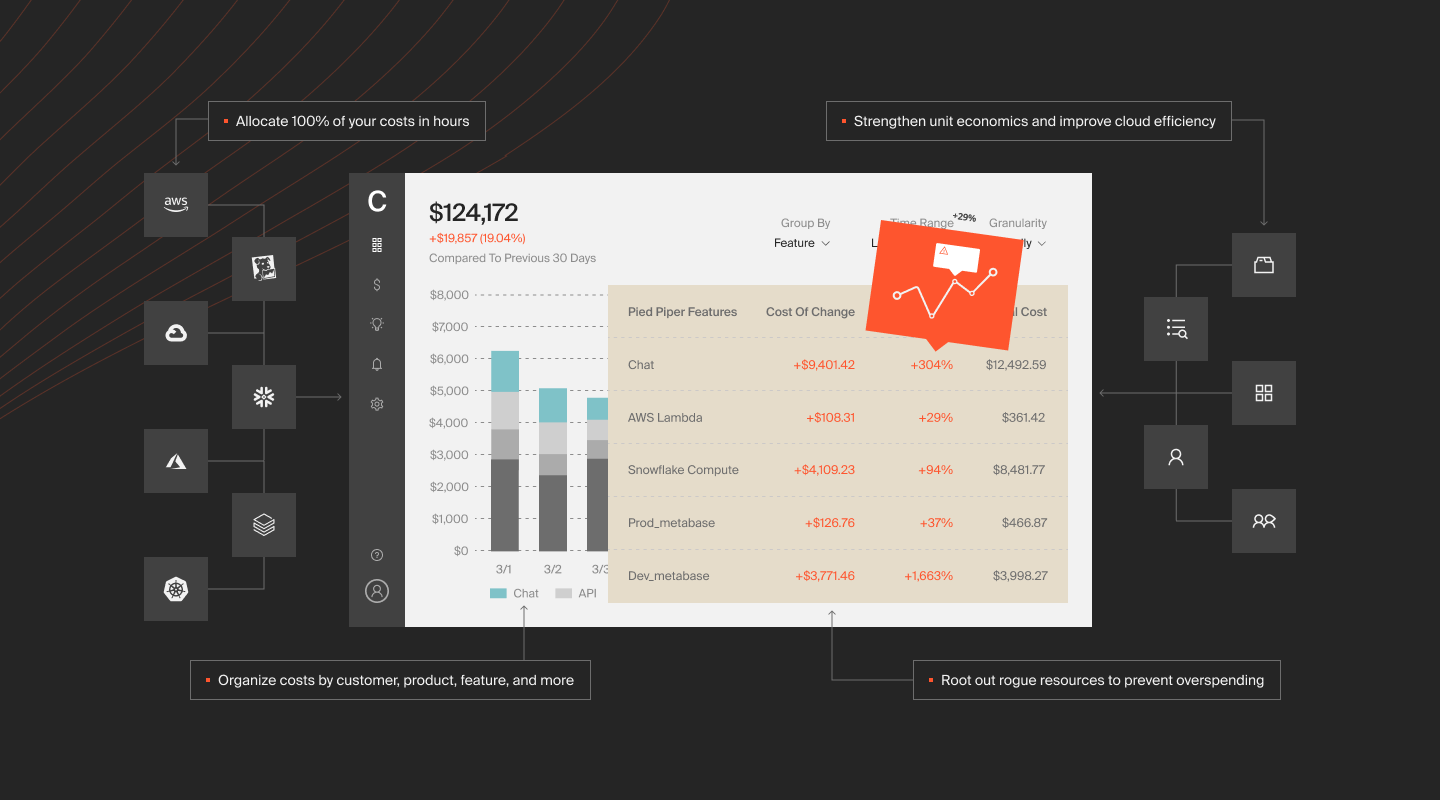
CloudZero helps businesses manage cloud and SaaS costs with precision. It offers real-time visibility into spending, breaking down costs by team, feature, or customer. This granular visibility helps organizations understand how their investments are spent and make informed decisions.
In SaaS management, CloudZero tracks application costs and usage. It integrates with major SaaS platforms such as Datadog, New Relic, Snowflake, and more, pulling in data to better understand resource use. These integrations link performance and cost data, allowing companies to identify inefficiencies and optimize both.
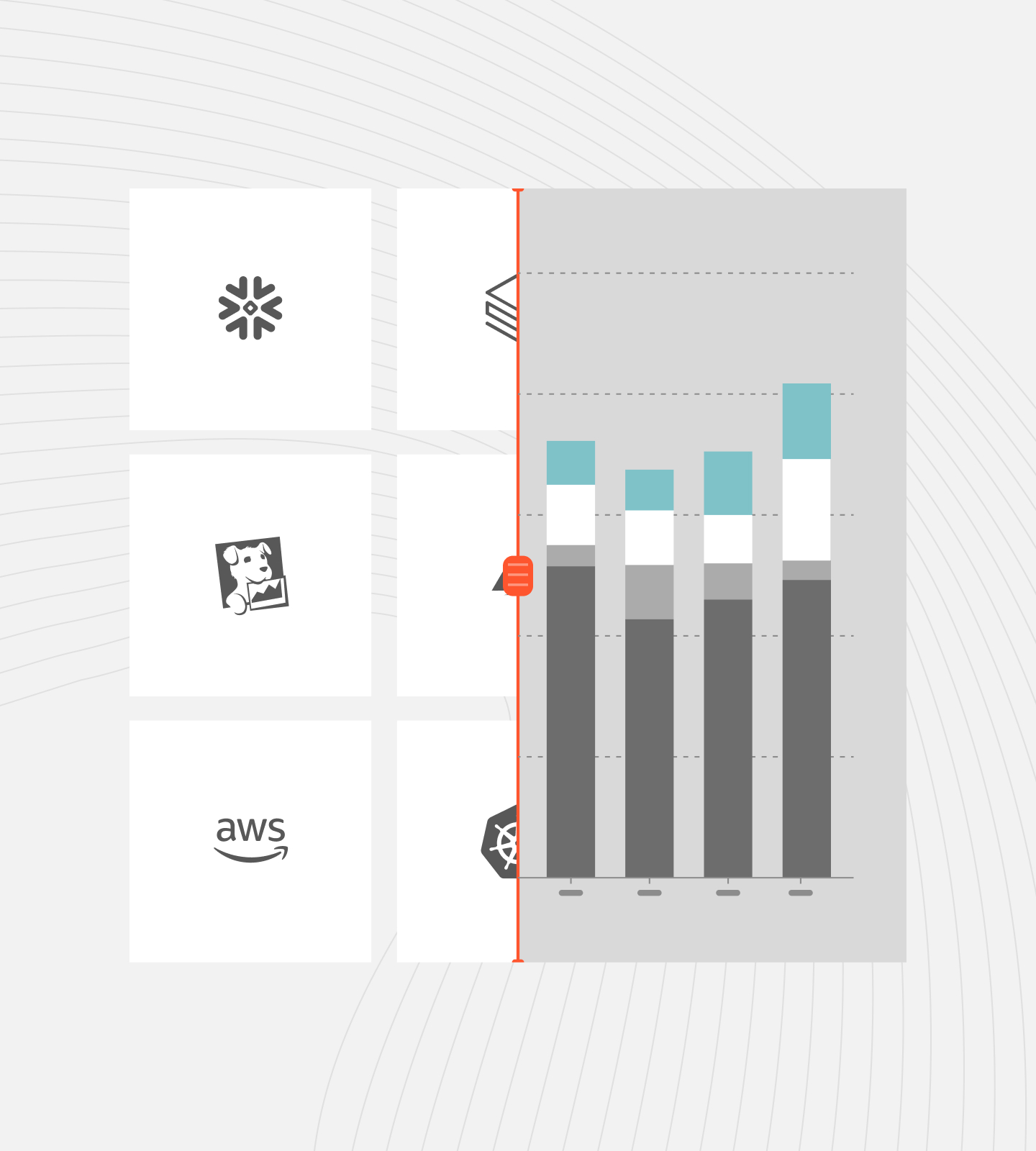
As a FinOps-certified platform, CloudZero integrates with financial systems, simplifying budget tracking and aligning spending with business goals. It fosters collaboration between engineering, finance, procurement, and product teams through cost reporting, helping optimize spending and support strategic objectives.
CloudZero also features cost anomaly detection that monitors for unexpected spending spikes. It alerts teams to take immediate action, preventing budget overruns and maintaining financial control.
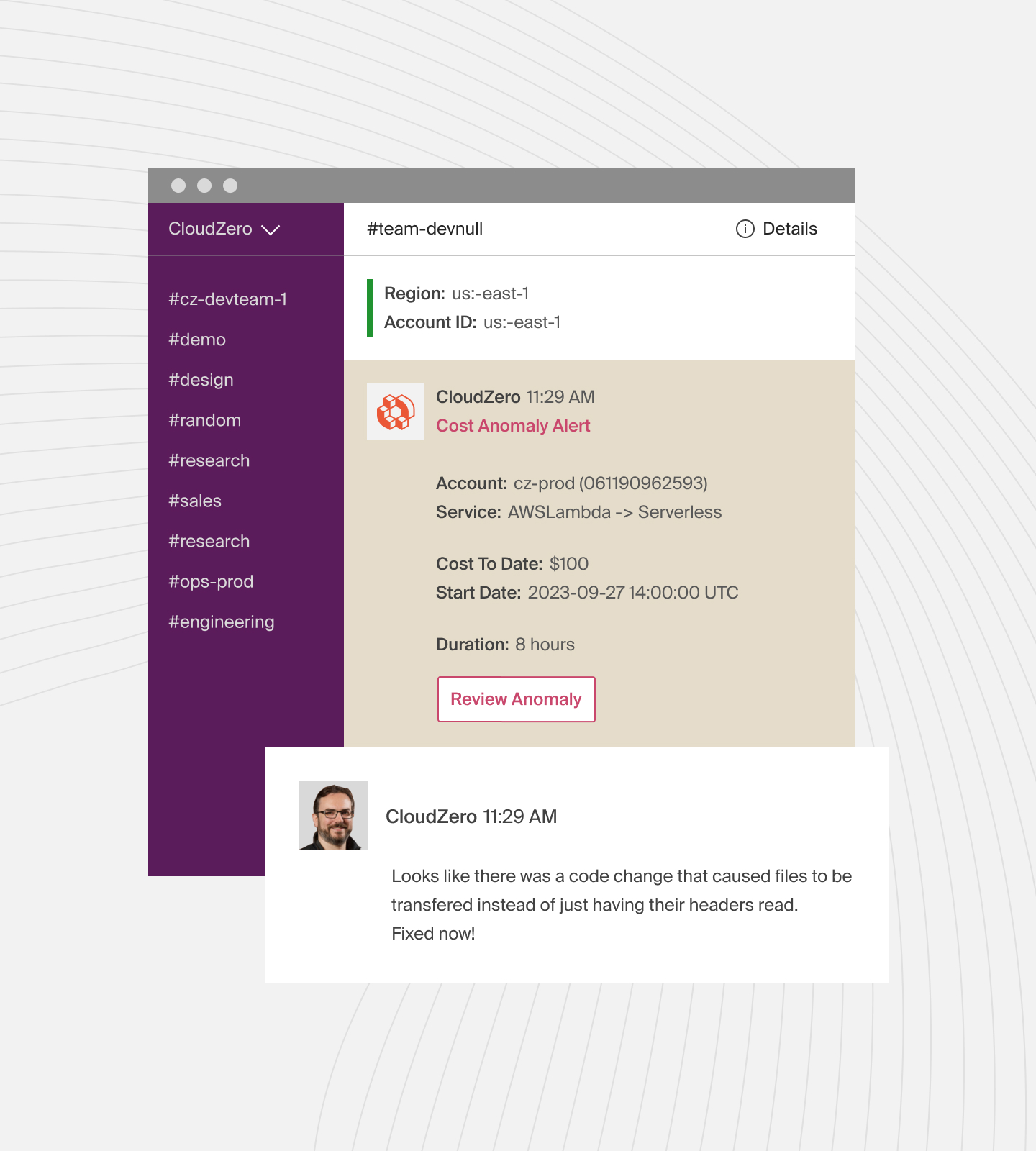
CloudZero pros
- Offers a single platform to view and manage costs across AWS, Azure, GCP, and Oracle Cloud
- Offers FinOps support from a dedicated account manager
- Enables cost-conscious engineering with detailed financial insights
- Helps create accurate budgets and forecasts with detailed cost data
- Offers Kubernetes cost analysis, from cost per pod to cost per environment
CloudZero cons
- CloudZero might not be the best option for directly managing traditional cloud cost strategies like committed use discounts. It does offer integrations with tools like ProsperOps and Xosphere for Reserved Instances and Spot Instances. However, it may lack full native support for these needs, which could be a drawback for some SaaS businesses.
2. Zluri
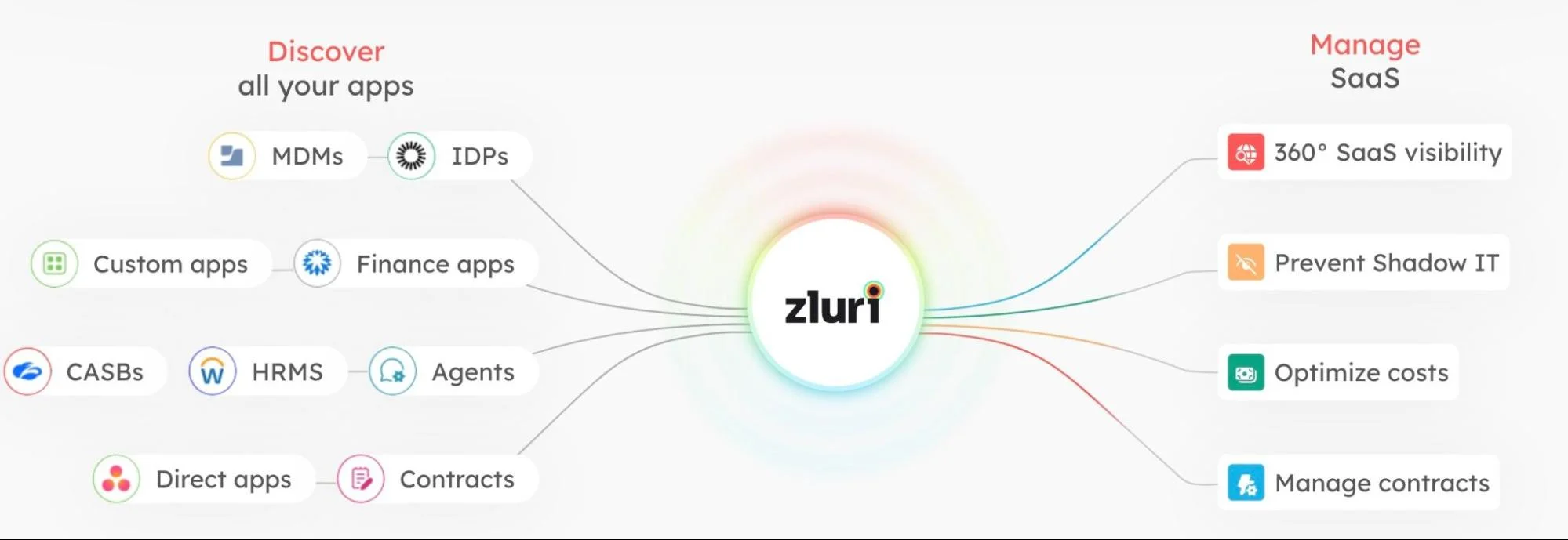
Zluri is a unified SaaS management platform tailored for IT teams. It provides a comprehensive view of all SaaS applications, helping IT teams track usage, manage renewals, and control costs. Zluri automates tasks such as onboarding and offboarding employees, ensuring proper software license allocation.
It also delivers insights into software use, allowing IT teams to end unused subscriptions and optimize their software environment.
Zluri pros
- Quick discovery of all SaaS applications
- Automates renewal alerts and license management
Zluri cons
- Limited integrations
- Minor bugs reported by users
3. Freshservice
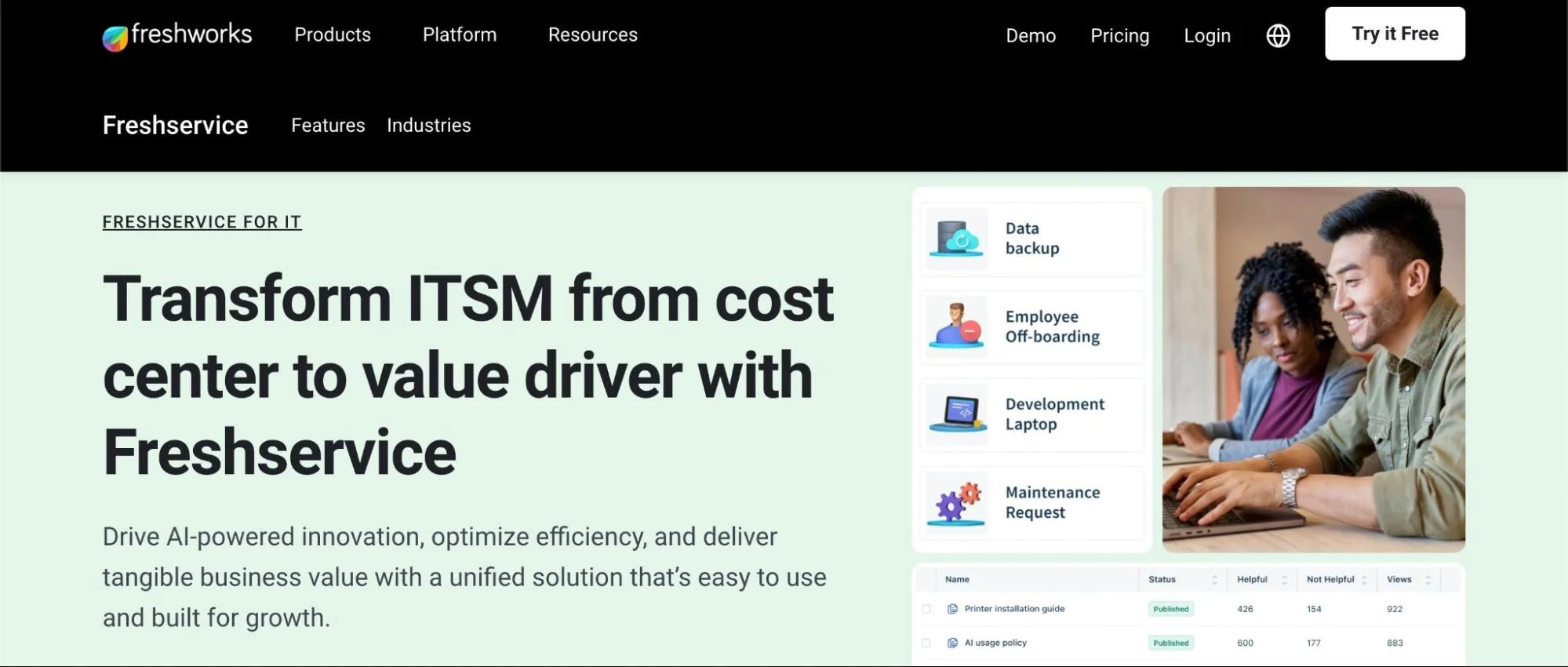
Freshservice is a cloud-based IT service management (ITSM) platform offered by Freshworks. It helps organizations manage their IT services with features like incident management, problem management, change management, and asset management.
It also includes a self-service portal and a knowledge base to empower users to resolve common issues on their own. The platform is ideal for organizations looking to optimize their IT operations and improve service delivery.
Freshservice pros
- Robust automation capabilities
- Customizable workflows
Freshservice cons
- Limited reporting features
4. Nicus
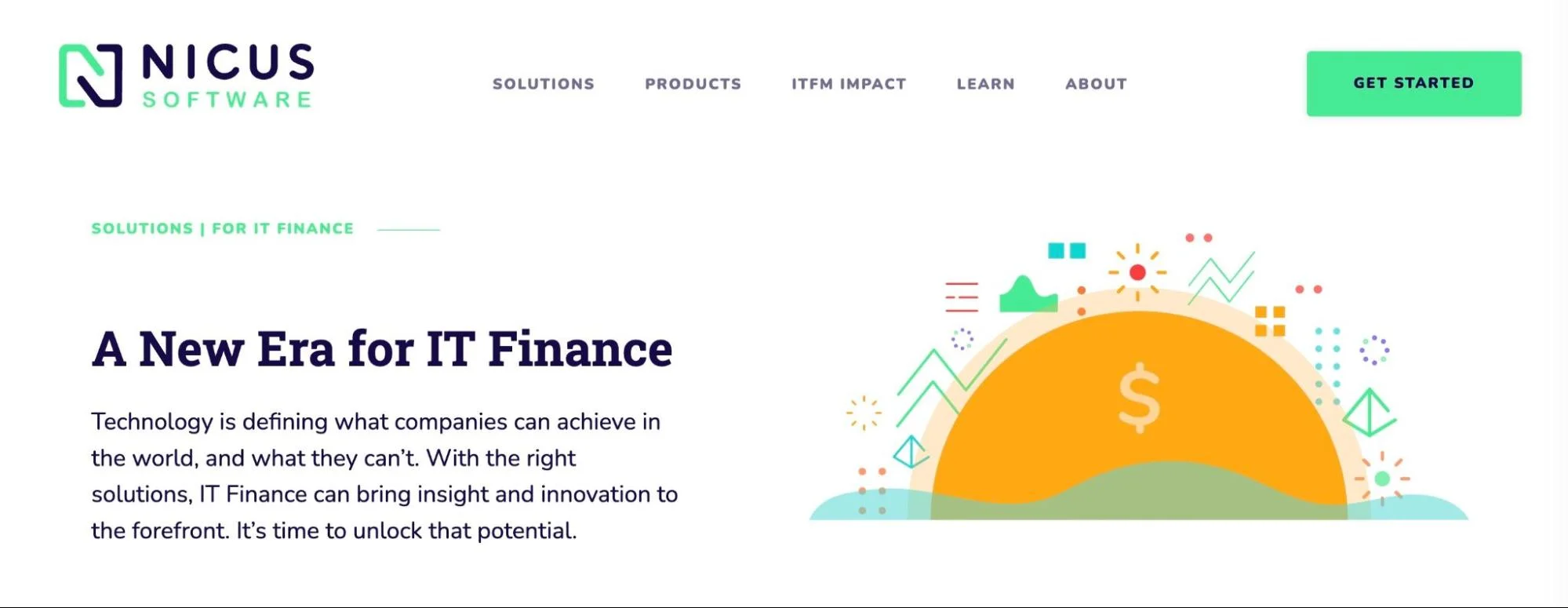
Nicus is an IT financial management platform that optimizes cloud strategies and provides visibility into IT spending. It allows organizations to track and manage large cloud portfolios in one platform, whether in public, private, or hybrid.
Nicus also supports Corporate Shared Services by offering a single source of truth for pricing, cost recovery, and analysis. The platform helps DevOps and Agile teams speed up their processes while optimizing budgets and forecasts. It further drives digital transformation by reducing redundancy and waste.
Nicus pros
- Highly customizable reporting
- Flexible solution for automating and mapping IT service inputs
Nicus cons
- The platform can be complex to set up and configure
5. IBM Turbonomic
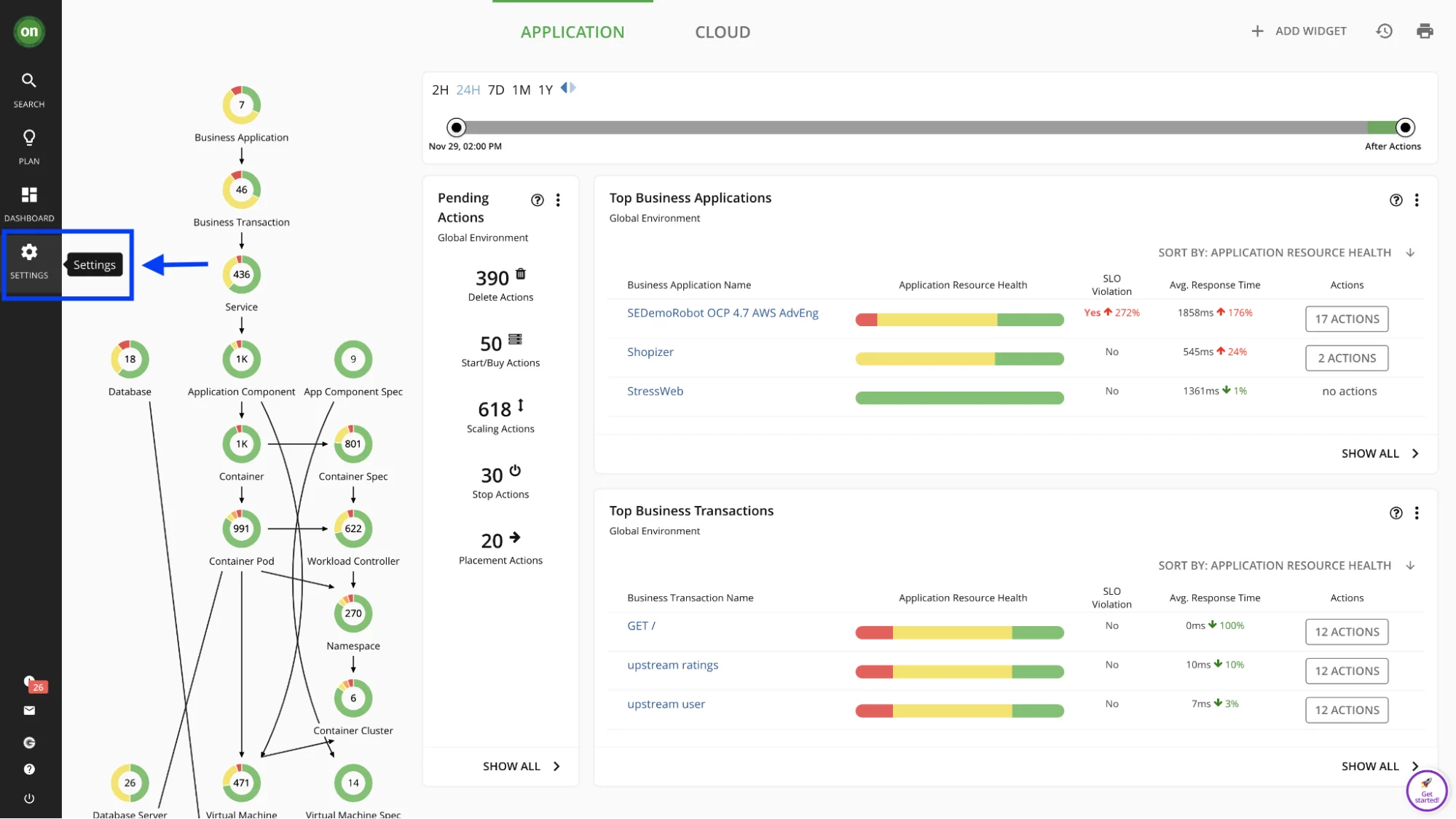
Part of the IBM family, IBM Turbonomic is an AI-powered platform that optimizes application performance across hybrid and multi-cloud environments. It ensures applications have the resources they need by automatically adjusting real-time allocations. This helps maintain optimal performance without manual intervention.
Turbonomic manages and optimizes the entire IT stack, providing detailed operational insights. In contrast, Apptio focuses more on financial transparency and cost management.
IBM Turbonomic pros
- Provides real-time insights and adjustments to prevent resource contention
- Reduces manual intervention through AI-driven automation
- Integrates well with existing IT infrastructure
IBM Turbonomic cons
- Mainly focuses on operational optimization, not financial management
6. Azure Cost Management

Azure Cost Management is ideal for organizations using Azure cloud services. The tool enables businesses to set budgets, track spending, and optimize cloud resources.
It also supports cost analysis, forecasting, and budgeting, helping organizations make informed financial decisions.
Azure Cost Management pros
- Improves cloud efficiency through continuous optimization
- Facilitates better budgeting with forecasting tools
Azure Cost Management cons
- Primarily focused on Azure, with AWS as secondary
7. EV Reach

EV Reach is an on-premise IT remote management solution offered by EasyVista. It enables administrators to monitor, manage, and troubleshoot devices across an organization’s network. It supports servers, desktops, and mobile devices with features like remote access, patch management, software distribution, and asset management.
EV Reach is also crucial for maintaining IT infrastructure, especially in environments with multiple locations. It ensures devices are secure, up-to-date, and fully operational. This helps organizations keep their IT systems running smoothly across distributed networks.
EV Reach pros
- Supports remote management for IT infrastructure
- Offers remote access, patch management, software distribution, and asset management
EV Reach cons
- Focuses on operational IT management rather than financial aspects
- Limited to on-premise environments, lacking cloud-based management
8. NinjaOne
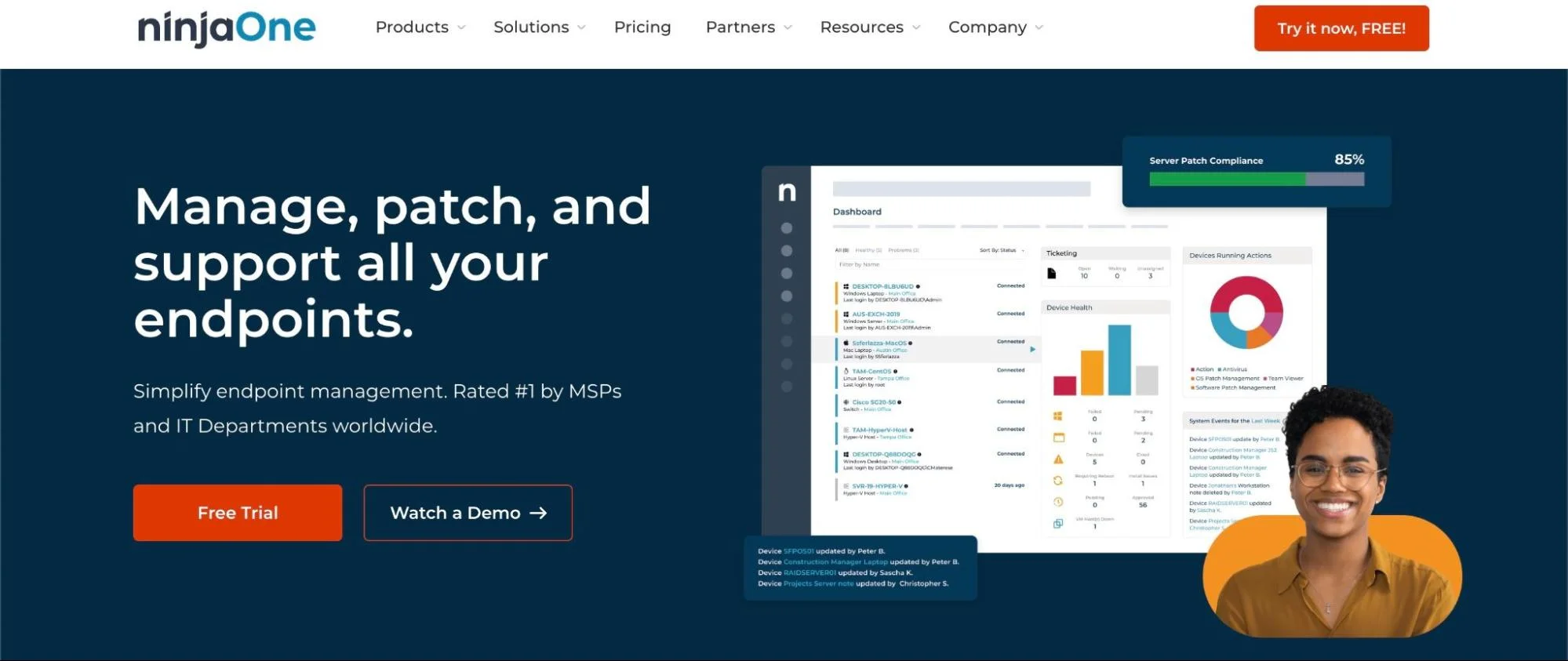
NinjaOne is an IT management platform that supports remote monitoring and management for IT teams and managed service providers (MSPs). It enables users to monitor device health, automate tasks, manage backups, and handle patch updates. The platform is cloud-based, making it accessible from any location.
While Apptio emphasizes IT financial management, NinjaOne excels in practical, hands-on IT tasks.
NinjaOne pros
- Ideal for small teams
- Robust remote monitoring
- Unified platform for device management
NinjaOne cons
- Limited advanced features
9. Vendr
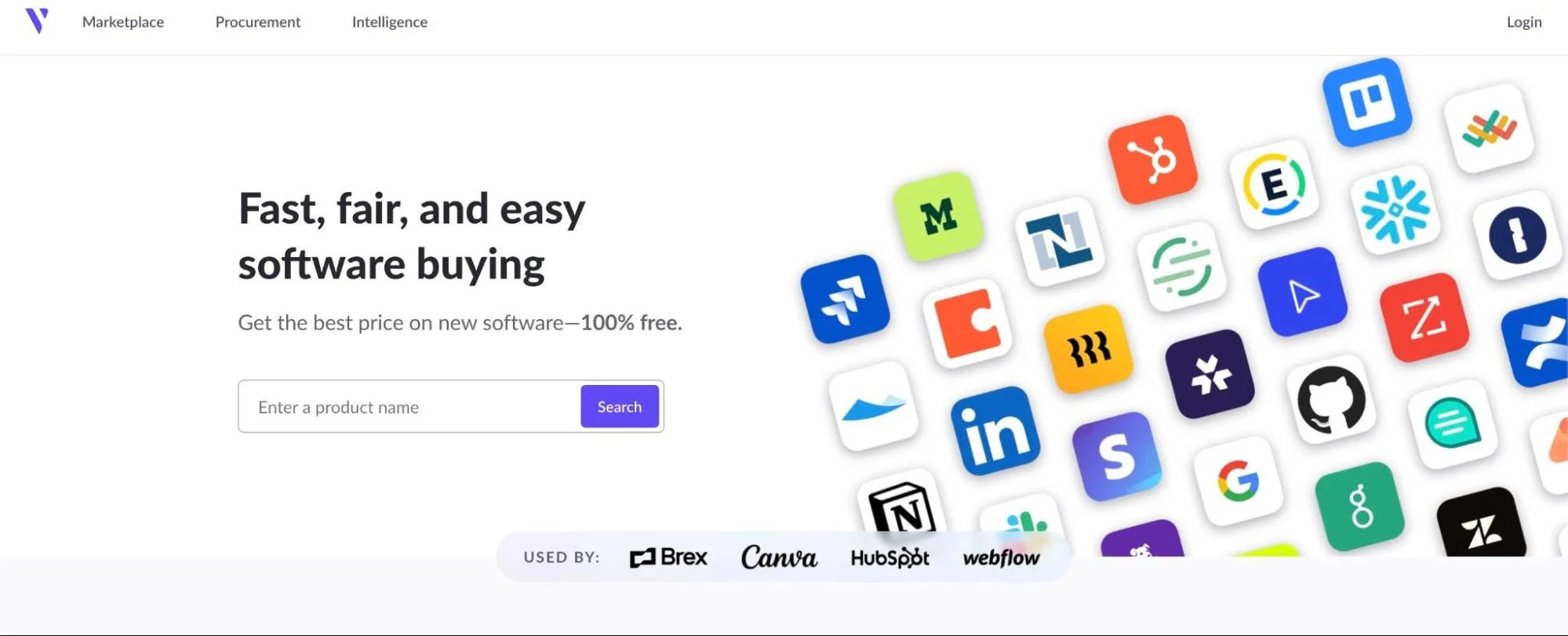
Formerly Blissfully, Vendr is a vendor service that offers a platform to track, renew, and negotiate contracts for all SaaS tools. It automates workflows, simplifies approval processes, and offers clear visibility into SaaS spending.
The platform also analyzes software usage, helping companies eliminate unnecessary subscriptions and reduce costs.
Vendr pros
- Provides benchmarking data to compare costs against industry standards
- Aids in budget management for SaaS businesses
Vendr cons
- Limited to SaaS management
10. Cledara

With Cledara, businesses track, manage, and optimize their software subscriptions. The platform features an intuitive dashboard where users can oversee all their SaaS costs, ensuring that every subscription is accounted for and aligned with business needs.
Cledara also simplifies the procurement process by offering virtual cards for SaaS purchases. This helps control spending and avoid overspending.
Cledara pros
- Supports cost control with budget settings and virtual cards
- Cashback rewards program for spending
- User-friendly interface for easy onboarding
Cledera cons
- Limited flexibility in adding users and adjusting subscription limits
11. Torii

Torii is a SaaS management platform that also manages and optimizes software subscriptions. It offers a centralized dashboard to track all SaaS applications, monitor usage, and manage renewals.
Torii automates tasks like onboarding and offboarding, ensuring employees have the necessary tools and removing access when they don’t. The platform provides insights into software usage and spending, helping companies optimize costs and improve efficiency.
Torii pros
- Identifies all SaaS tools automatically
- Streamlines IT processes with automation
Torii cons
- Some users say the mobile interface could be better optimized
Curious to know how ambitious companies are saving millions on cloud spend with CloudZero?  and see CloudZero in action.
and see CloudZero in action.

